Isuzu E-IDSS 2022: The Ultimate Diagnostic Tool for Isuzu Vehicles
The Isuzu E-IDSS 2022 is an advanced diagnostic system designed for Isuzu vehicles. It combines hardware and software to provide efficient vehicle diagnosis and repair solutions for technicians and repair shops. This system includes comprehensive diagnostic tools, programming capabilities, and real-time data access. It aims to enhance the efficiency of service operations while ensuring that technicians have the necessary resources for effective maintenance.
Understanding Isuzu E-IDSS 2022
The Isuzu E-IDSS 2022 represents a significant advancement in vehicle diagnostic systems. It enhances the ability to identify issues and implement repairs across a range of Isuzu vehicles with remarkable precision.
What is E-IDSS?
The Isuzu Diagnostic Service System (E-IDSS) is a comprehensive platform that combines specialized hardware and software. It aims to assist technicians in diagnosing and repairing Isuzu vehicles effectively. This system covers various aspects of vehicle diagnostics, including programming and software updates, ensuring that users have access to up-to-date information for their vehicles.
Key Features of E-IDSS
This platform is equipped with several features that enhance its usability and effectiveness in vehicle maintenance. Notable characteristics include:
- Complete Vehicle Diagnostics: Provides extensive diagnostics from models dating back to 1996, allowing users to access error codes and real-time data.
- Intuitive User Interface: The design is user-friendly, making navigation seamless for technicians at varying skill levels.
- Real-time Data Access: Enables technicians to monitor vehicle performance and system statuses actively.
- Software Updates: Regular updates ensure that the system remains compatible with evolving vehicle technologies.
- Programming Capabilities: Allows for the programming of electronic control modules, essential after part replacements or upgrades.
Incorporating these features, the E-IDSS significantly streamlines the diagnostic process, leading to more efficient repairs and enhanced service delivery.
Components and Setup
The Isuzu E-IDSS is composed of various hardware and software components that work in harmony to perform effective vehicle diagnostics. This section outlines the essential components needed for setup as well as installation procedures.
Hardware Included
The hardware component of the Isuzu E-IDSS is critical for establishing communication between the diagnostic system and Isuzu vehicles. It includes:
Module Interface
The Module Interface serves as a vital link, allowing the diagnostic software to communicate seamlessly with the vehicle’s electronic systems. This hardware component is designed to access and interpret error codes, facilitating accurate diagnostics.
Cables for Connection
Several cables are supplied for optimal connectivity:
- USB Cable: Connects the Module Interface to a computer, ensuring data transfer for diagnostic purposes.
- DLC (Data Link Connector) Cable: Links the Module Interface directly to the vehicle, allowing access to its systems.
Software Installation
Proper installation of the software is crucial for the system to function effectively. The software comes on a DVD and requires installation on a compatible PC.
To install the software:
- Insert the DVD into the computer’s optical drive.
- Follow the prompts to complete the installation process, ensuring that all necessary drivers are also installed.
- Establish an Internet connection to activate the software and download any necessary updates.
Once installed, users can access various diagnostic functions, enhancing their ability to service Isuzu vehicles efficiently.
System Requirements
To fully utilize the capabilities of the diagnostic system, specific hardware and software requirements must be met. These specifications ensure optimal performance and compatibility with various vehicle models.
Minimum Hardware Specifications
-
Processor
The system requires a processor with a minimum speed of 2.0 GHz, preferably from the Pentium family or better, to handle the software demands efficiently.
-
Memory (RAM)
A minimum of 2 GB of RAM is necessary for 32-bit systems, while 4 GB is required for 64-bit configurations. This allows smooth operation and multitasking capabilities.
-
Storage
At least 40 GB of free disk space is essential for installation; however, 80 GB is recommended for optimal performance and additional software updates.
-
DVD Drive
A DVD drive is required to install the software necessary for the Isuzu E-IDSS.
-
USB Ports
At least one USB 2.0 port is needed for connecting the diagnostic module to the computer.
Operating System Compatibility
The software operates on specific versions of operating systems to ensure compatibility and functionality:
- Windows 7
- Windows 8
- Windows 10
It supports both 32-bit and 64-bit architectures, enabling a broader range of device compatibility. Using the recommended operating system versions enhances the overall performance of the E-IDSS.
Diagnostic Capabilities
The diagnostic capabilities of the system are vital for efficient vehicle repair and maintenance. This section delves into the tools and features available to technicians, ensuring accurate diagnostics and effective programming.
Diagnostic Tools and Features
The E-IDSS 2022 provides comprehensive diagnostic tools that facilitate in-depth analysis of Isuzu vehicles. The main features include:
-
Comprehensive Vehicle Diagnostics
This feature allows technicians to perform a thorough diagnostic check on Isuzu vehicles, covering models from 1996 to the present. It includes:
- Access to error codes.
- Detailed fault descriptions.
- Testing capabilities for various vehicle systems.
-
Real-time Data Access
The system supports real-time monitoring of vehicle parameters, enabling technicians to observe the performance while carrying out diagnostics. Key aspects of this feature involve:
- Live data streams from the engine and other critical systems.
- Instant feedback on sensor data and system performance.
- Recording of data for detailed analysis during troubleshooting.
Programming and Updates
Another critical aspect of the E-IDSS is its ability to program and update electronic control modules (ECMs). This includes the installation of new software for components and ensuring that the vehicle’s systems are operating optimally. Regular updates are crucial to keep the system aligned with the latest vehicle technologies.
User Interface and Experience
The user interface of the E-IDSS is designed to be intuitive, allowing technicians to navigate through various features easily. This user-friendly design enhances efficiency by minimizing the time spent on understanding system operations, thereby streamlining the diagnostic process.
The Isuzu E-IDSS offers numerous advantages for repair shops and technicians, enhancing both operational efficiency and service quality.
Benefits of Using E-IDSS
Efficiency in Diagnostic Service
One of the primary benefits of utilizing the E-IDSS is its ability to streamline diagnostic processes. The system provides quick access to crucial vehicle data, enabling technicians to identify issues faster than traditional methods.
- Reduces diagnostic time significantly
- Facilitates precise problem identification
- Enhances workflow in busy repair environments
Cost Savings and Support
The E-IDSS not only aids in effective diagnostics but also contributes to substantial cost savings for repair shops. By accurately diagnosing faults on the first try, unnecessary repairs and parts replacement can be minimized.
- Lower maintenance costs through accurate diagnostics
- Access to technical support during the initial subscription period
- Regular updates that ensure continued relevance and operational efficiency
Enhancing Repair and Maintenance
Utilizing the E-IDSS significantly enhances repair and maintenance practices. It allows for better planning and execution of services, resulting in improved vehicle longevity and performance.
- Improves the overall maintenance quality
- Supports preventative maintenance strategies
- Increases customer satisfaction through timely and effective service
Practical Applications
The Isuzu E-IDSS serves several practical applications that enhance its utility in the automotive service industry.
Use in Repair Shops
This diagnostic system is widely utilized in repair shops for its ability to facilitate efficient and accurate vehicle assessments. Technicians can quickly identify problems, thereby minimizing downtime. The tools provided enable:
- Comprehensive diagnostics across various models.
- Real-time data retrieval for precise troubleshooting.
- Access to repair manuals and wiring diagrams to support efficient repairs.
Preventive Maintenance Services
In the context of preventive maintenance, the E-IDSS plays a vital role. It helps technicians anticipate issues before they escalate into significant repairs. Key benefits include:
- Monitoring of vehicle performance indicators.
- Early detection of faults through routine checks.
- Facilitation of scheduled maintenance based on data-driven insights.
Technician Training and Support
The E-IDSS is also an important tool for technician training. It offers a practical learning environment where new technicians can develop their diagnostic skills. Key aspects of its training application include:
- Hands-on experience with real-time diagnostic processes.
- Access to an extensive library of troubleshooting resources.
- Support from experienced technicians through shared knowledge and practices.
Keeping Up with Technological Advances
The automotive diagnostic industry is rapidly evolving, and staying current with technological advances is essential for effective vehicle maintenance and repair.
Importance of Regular Updates
Regular updates are vital for the efficacy of diagnostic systems like E-IDSS. These updates ensure that technicians have access to the latest improvements in diagnostic tools and features. They also provide essential support for newly released vehicle models.
- Access to New Features: Updates often include the latest diagnostic options and tools that enhance vehicle analysis.
- Compatibility: Keeping the software up to date ensures compatibility with the newest vehicles and technologies.
- Error Resolution: Regular updates frequently address previous bugs, enhancing overall system reliability.
Future Prospects and Industry Trends
The landscape of automotive diagnostics is shifting towards greater connectivity and sophistication. Technologies like artificial intelligence and machine learning are increasingly integrated into diagnostic systems, paving the way for smarter solutions.
- AI Integration: The incorporation of AI can lead to more accurate diagnostics and predictive maintenance solutions.
- Enhanced Connectivity: Future systems may rely on cloud technology, allowing for real-time updates and data sharing among repair shops.
- Increased Automation: Automating diagnostic processes through advanced tools can significantly improve efficiency in repair environments.
Ultimately, keeping pace with these advancements will be crucial for repair shops and technicians looking to maintain their competitive edge in an ever-changing market.


 AGCO
AGCO ALLISON
ALLISON BENDIX
BENDIX BOBCAT
BOBCAT CAT
CAT CLAAS
CLAAS CNH
CNH DAF
DAF DETROIT
DETROIT EATON
EATON FREIGHTLINER
FREIGHTLINER HINO
HINO HITACHI
HITACHI ISUZU
ISUZU JCB
JCB JOHN DEERE
JOHN DEERE JPROZZ
JPROZZ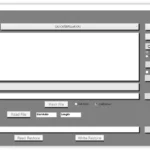 MAGIC TUNER
MAGIC TUNER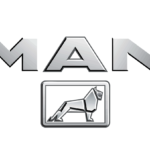 MAN
MAN Navistar
Navistar PACCAR
PACCAR PERKINS
PERKINS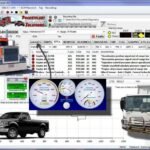 PF DIAGNOSE
PF DIAGNOSE PSI POWERLINK
PSI POWERLINK RENAULT
RENAULT SCANIA
SCANIA THERMO KING
THERMO KING UD NISSAN
UD NISSAN VOLVO
VOLVO WABCO
WABCO ZF TESTMAN
ZF TESTMAN
 BELL
BELL BENDIX
BENDIX BOBCAT
BOBCAT CARRIE
CARRIE DAF
DAF DETROIT
DETROIT EATON
EATON FUSO
FUSO MACK
MACK
 Cumminz
Cumminz ISB4.5 CM2150
ISB4.5 CM2150 All Engines (2017 Emissions)
All Engines (2017 Emissions) PACCAR
PACCAR

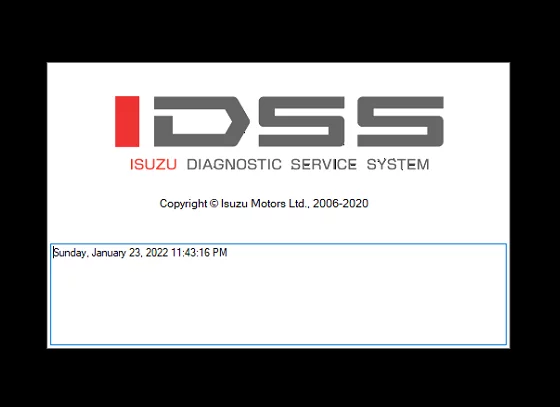

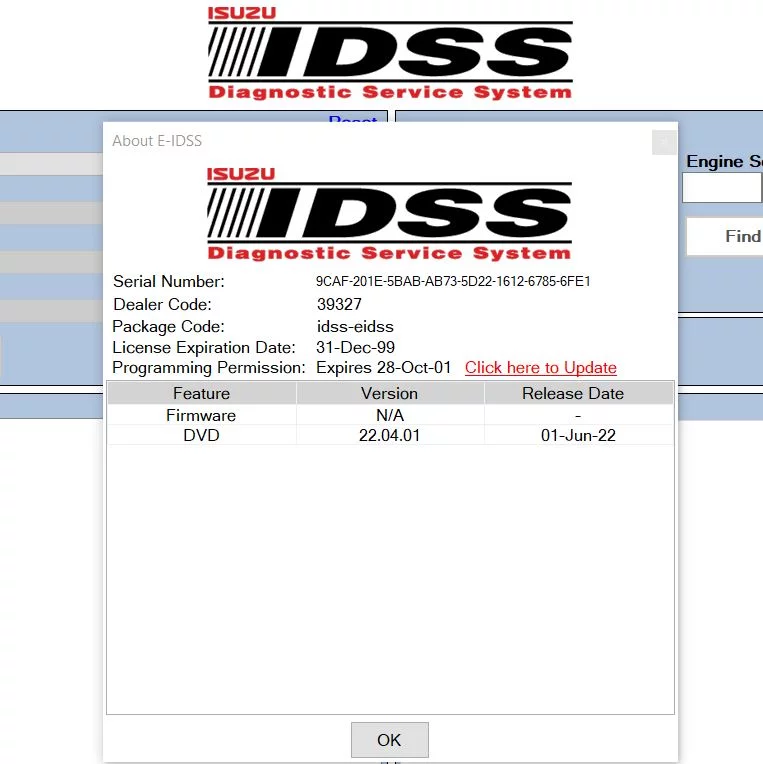

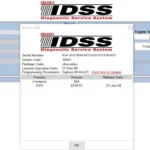

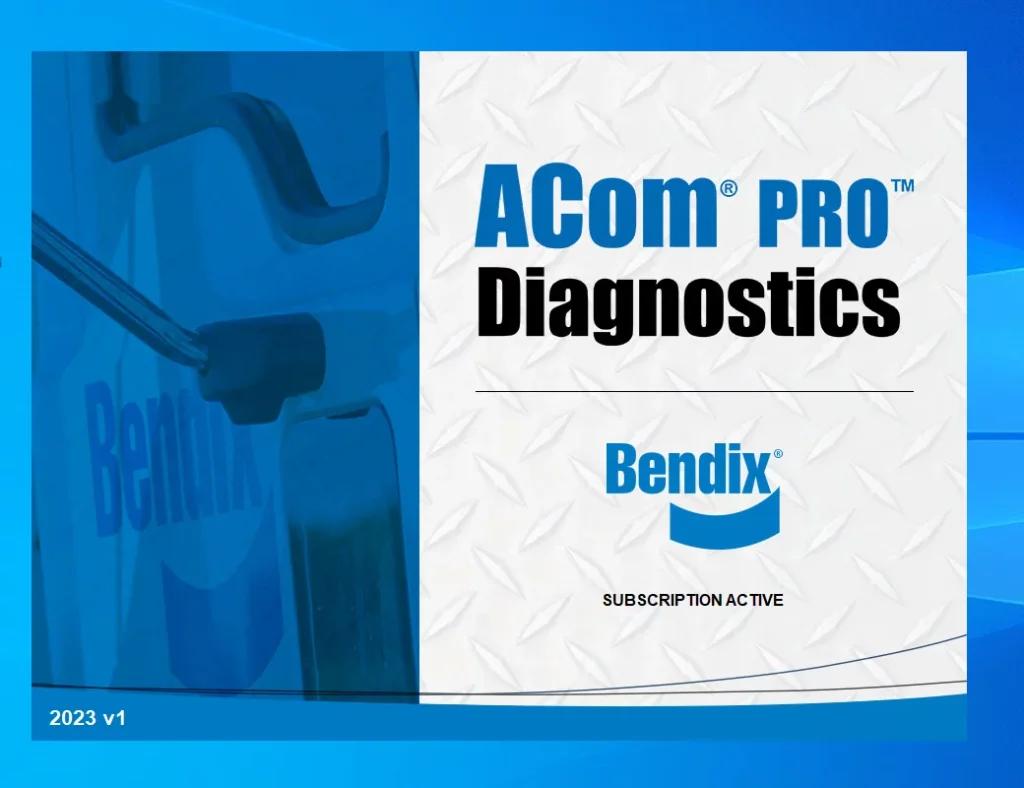

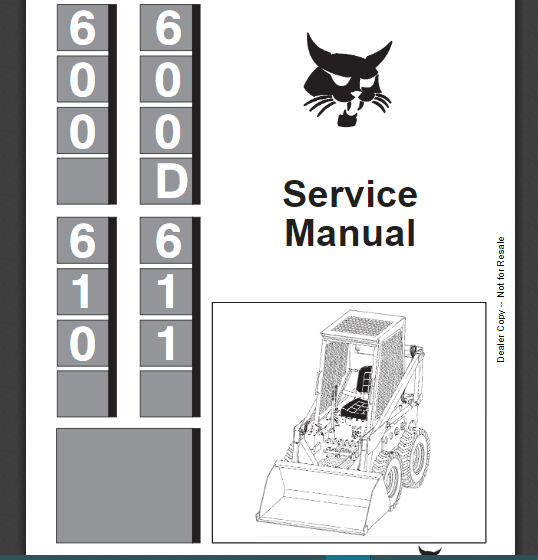
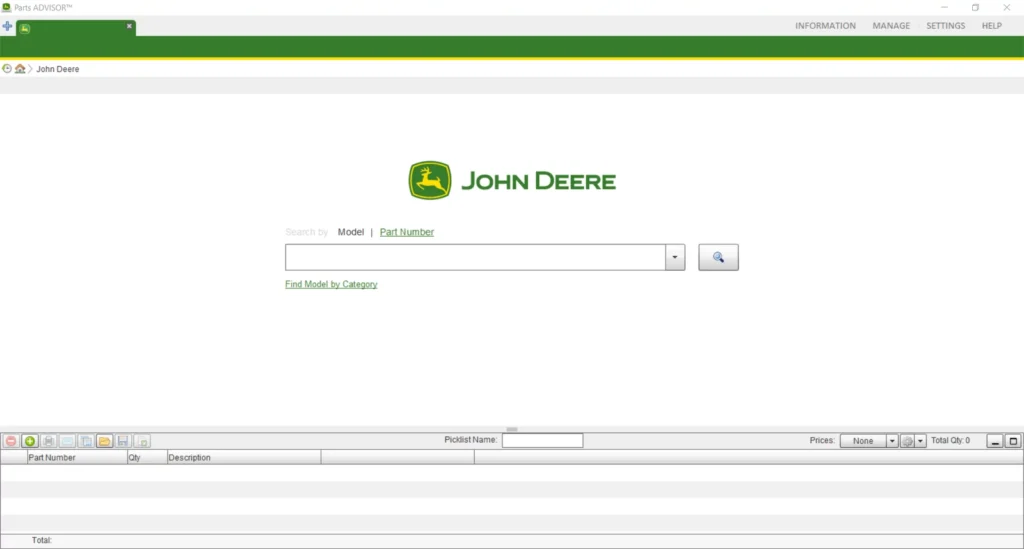
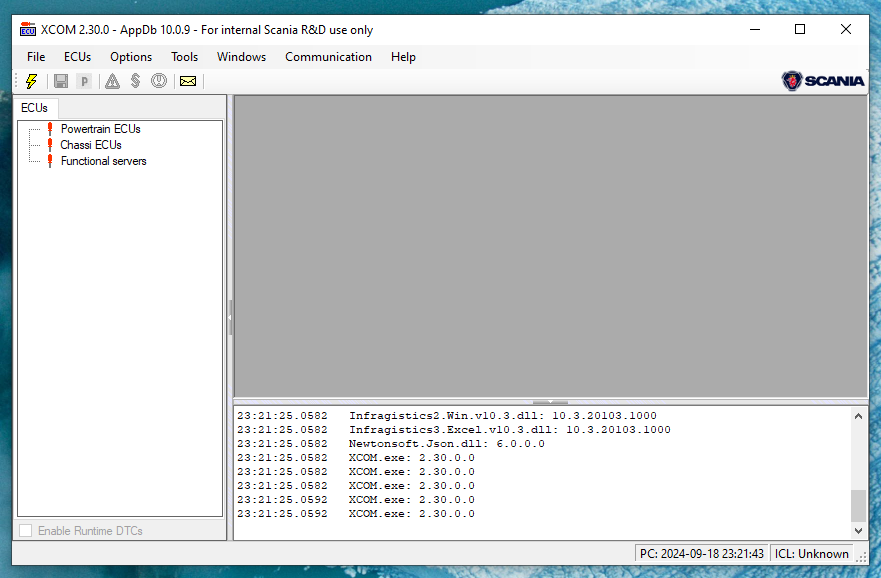

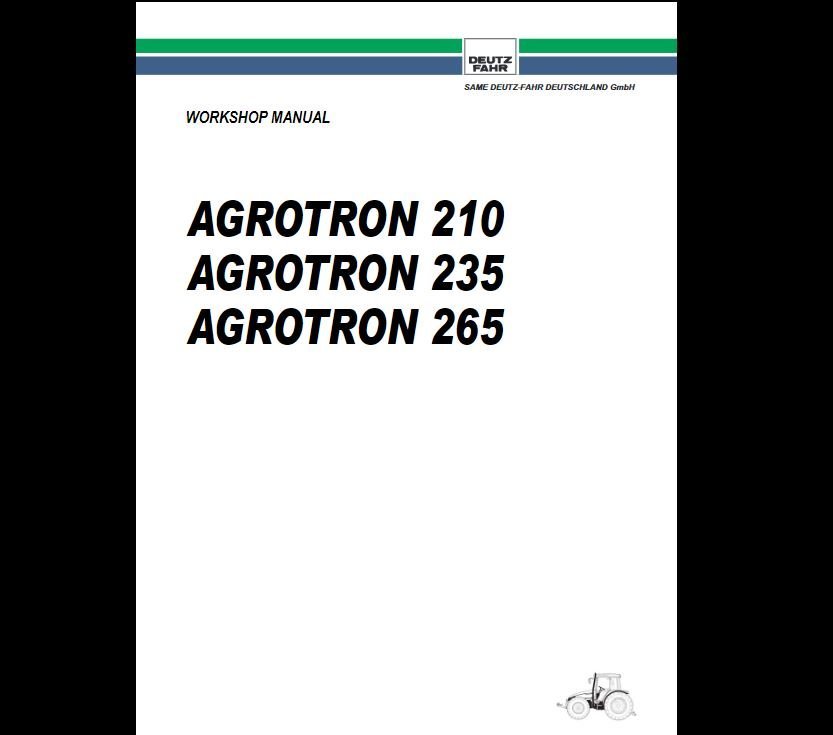
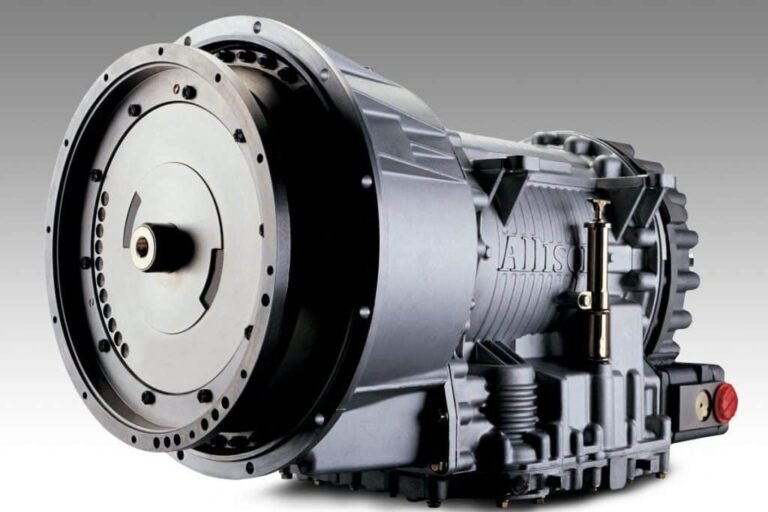
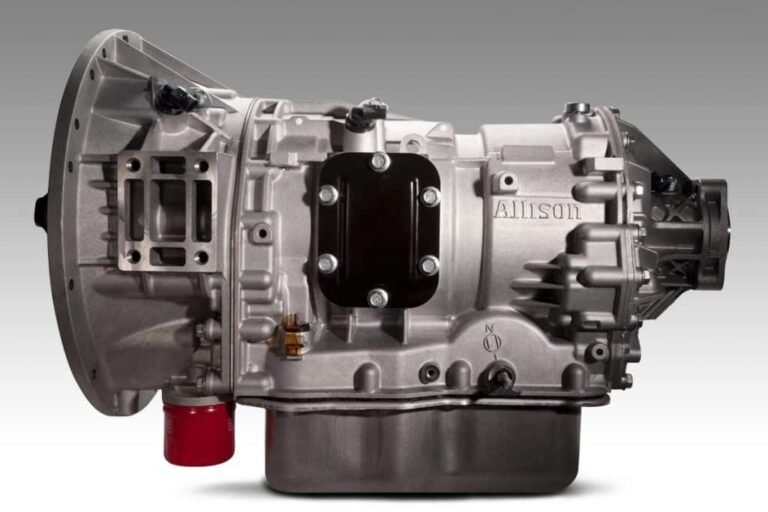


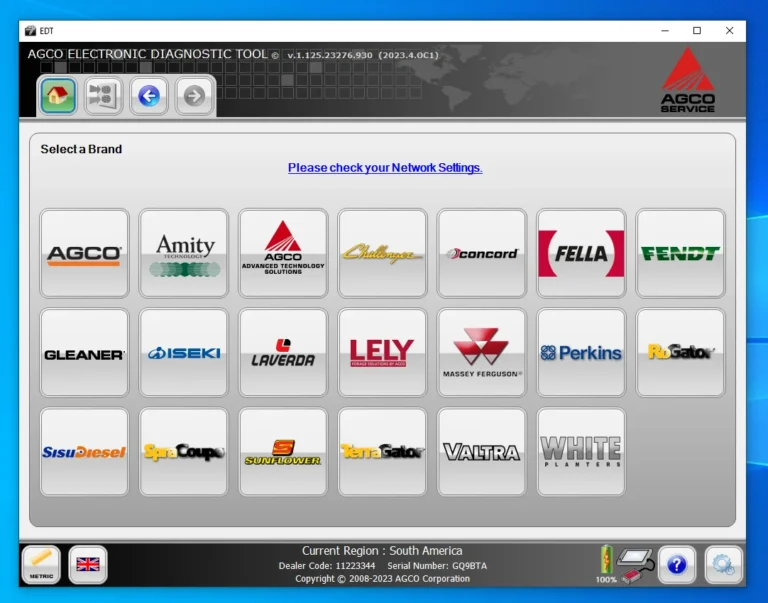

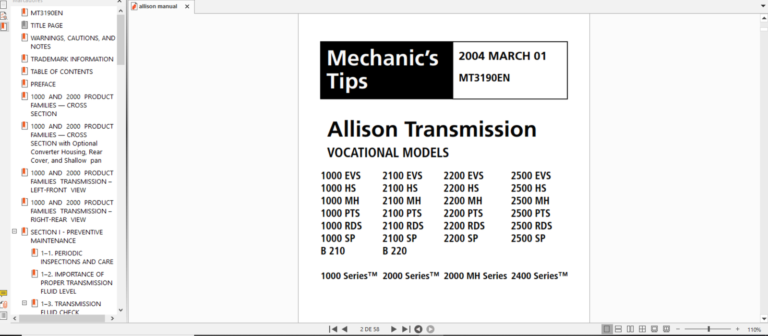
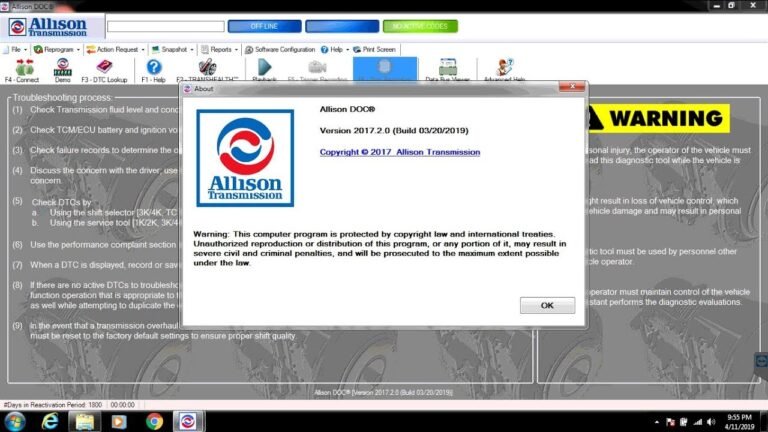
Reviews
Clear filtersThere are no reviews yet.